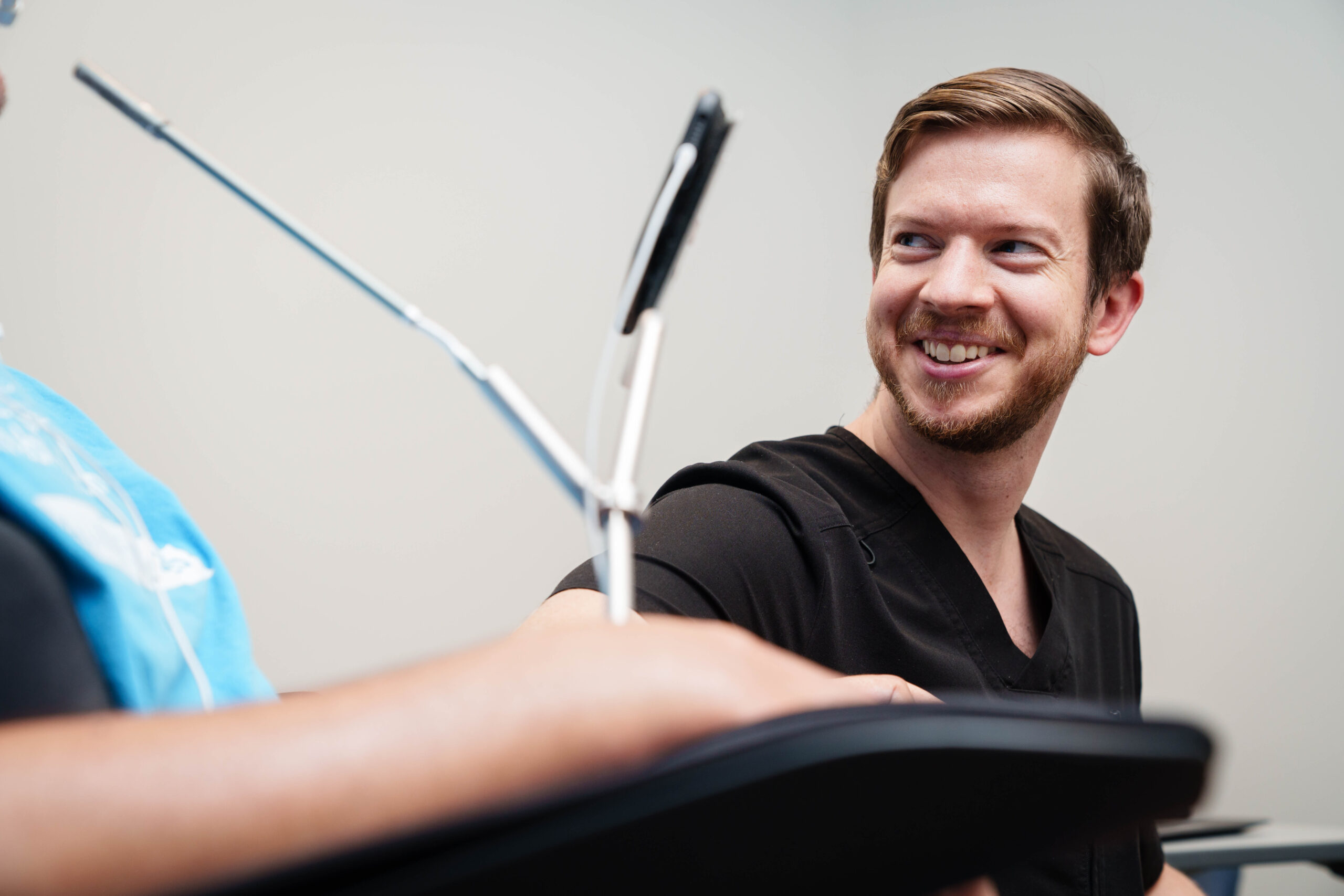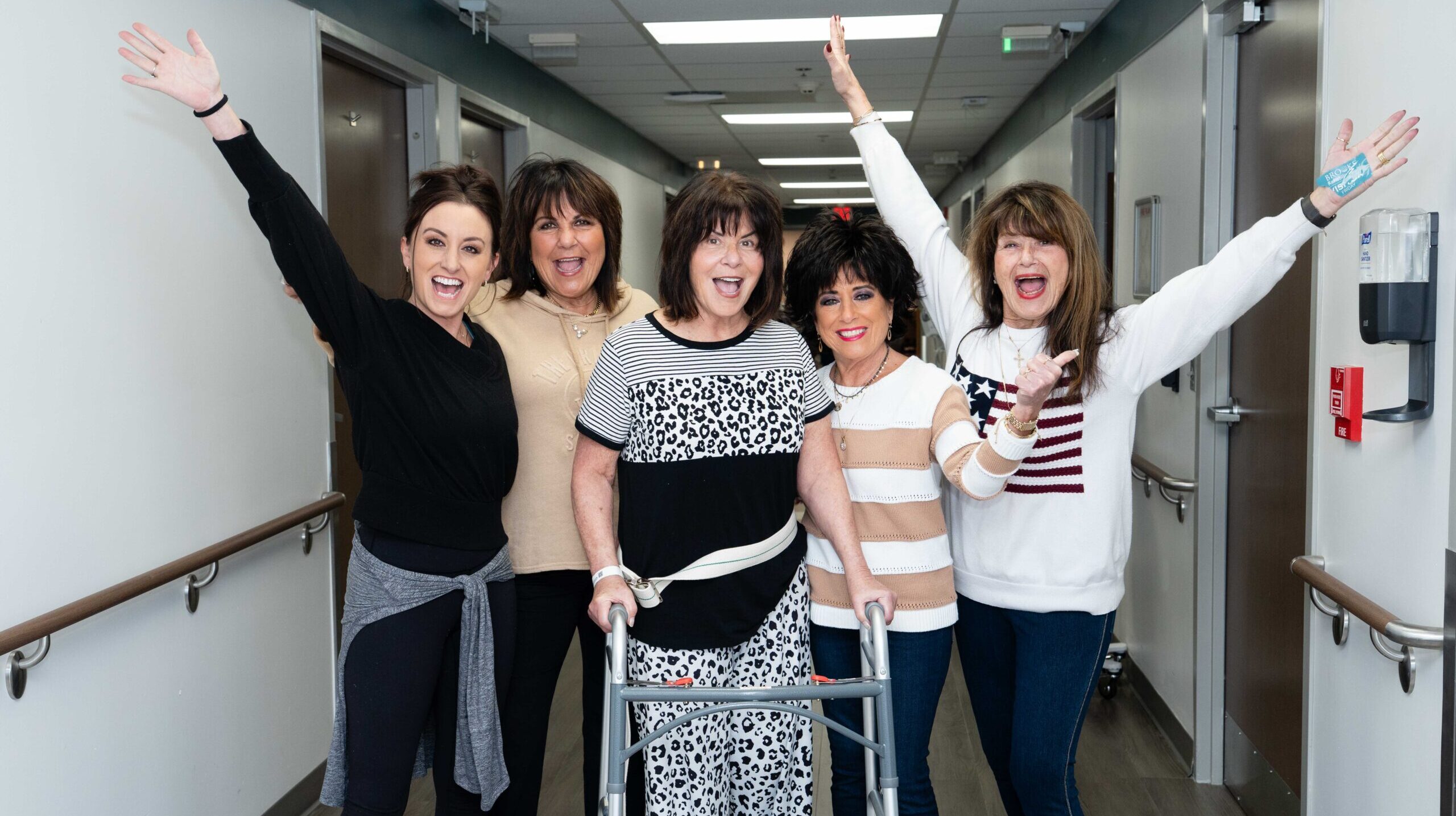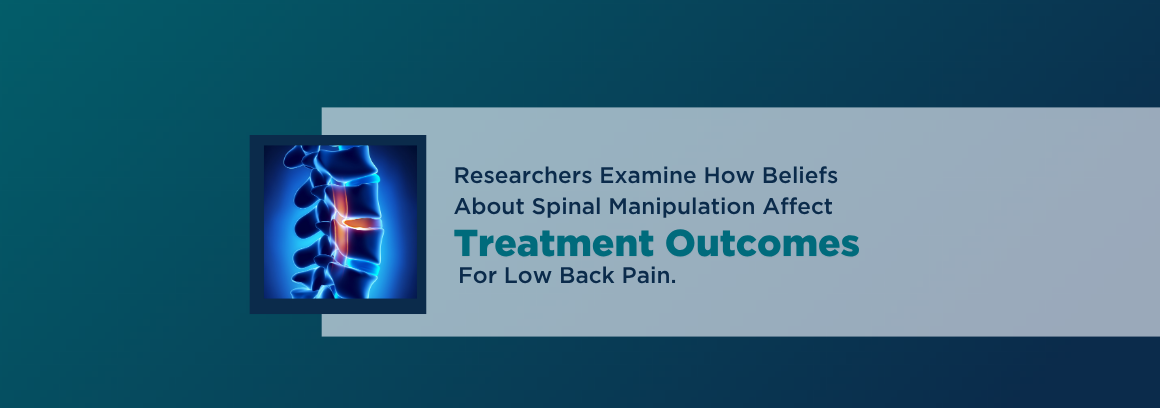Cervical spinal cord injuries affect the uppermost section of the spine, located in the neck. This region includes eight spinal nerves (C1 through C8) that control breathing, arm and hand movement, and sensation in the upper body.
What Causes Cervical Spinal Cord Injuries?
Cervical spinal cord injuries can result from both traumatic and non-traumatic events.
Traumatic causes
Common traumatic causes of cervical spinal cord injury include:
- Falls
- Motor vehicle accidents
- Sports or recreational injuries, such as diving accidents or contact sports
- Acts of violence, like gunshot wounds or stabbings to the neck
Non-traumatic causes
Non-traumatic cervical spinal cord injuries may develop due to:
- Infections, including ones affecting the spine or brain
- Medical or surgical complications
- Tumors that compress the spinal cord
Symptoms of a Cervical Spinal Cord Injury
Symptoms of a cervical spinal cord injury vary depending on where in the neck (level) the spinal cord is damaged. Injuries higher in the neck often affect more of the body and may interfere with breathing, while lower injuries may preserve some arm or hand movement.
Common symptoms include:
- Difficulty breathing due to lack of diaphragm control
- Loss of bladder or bowel control
- Loss of sensation in the arms or legs
- Muscle stiffness (spasticity)
- Sharp, burning or aching pain
- Tingling or numbness in the hands, arms or legs
- Weakness or paralysis in the arms, legs or entire body
Some symptoms may appear right away. Others develop over time as swelling or damage progresses. Learn more about secondary problems after a spinal cord injury.
How Is a Cervical Spinal Cord Injury Treated?
Immediately following an injury, the goals are to protect the spine and prevent further damage. This often starts at the scene with a neck brace and breathing support if needed.
In the hospital, doctors use scans to see how severe the injury is and may do surgery to relieve pressure or stabilize the spine. Care continues in the ICU, with 24/7 monitoring and medications that reduce swelling and support vital functions.
Long-Term Effects of Cervical Spinal Cord Injury
The long-term effects of a cervical spinal cord injury vary depending on the area of the neck affected:
- Higher-level injuries (C1–C4) are more likely to impact breathing and full-body movement.
- Lower-level injuries (C5–C8) may allow for some arm or hand function.
Recovery is often unpredictable. Some people regain function over time, while others adapt to lasting changes in their abilities. Early and ongoing cervical spinal cord injury rehabilitation can help you achieve the highest level of independence.
Cervical Spinal Cord Injury Rehabilitation
Recovering from a cervical spinal cord injury takes time, support and specialized care at every stage. Brooks offers one of the most experienced spinal cord injury programs in Florida, with services designed to support you from your hospital stay through long-term recovery.
Your care plan may include:
- Inpatient rehabilitation provides 24/7 medical care and intensive therapy from a team that specializes in spinal cord injuries.
- Day treatment program offers five hours of therapy a day, five days a week, for people who need more time, support and access to advanced services to keep making progress.
- Outpatient therapy is available at locations throughout the region and delivered by neuro-trained therapists who use leading methods.
- Neuro Recovery Center is a membership-based gym with specialized technology and staff to help you continue building strength and function after formal therapy ends.
- Ongoing medical follow-up includes regular check-ins with spinal cord injury specialists to help manage long-term needs and prevent complications.
Why Choose Brooks Rehabilitation for Cervical Spinal Cord Injury Care?
Brooks treats more people with spinal cord injuries than any other rehabilitation provider in Florida. With that depth of experience, our team knows how to personalize your care, adjust treatments as you progress and help you achieve the highest level of independence possible. Read more about our spinal cord injury rehabilitation program.
Highlights of our program include:
- Uncommon expertise: Our board-certified physical medicine and rehabilitation physicians have advanced training in spinal cord injury medicine. Few providers in the country hold this level of specialization. We use it to guide your recovery, adjust therapies and help you move forward with your life.
- Breakthrough technology for hand recovery: Brooks offers access to the ARC-EX System, a first-of-its-kind, non-invasive spinal cord stimulator that improves hand strength and sensation. Most patients who use this device experience gains in strength or function. It’s one of many rehabilitative technologies we offer.
- Support: Offerings like peer mentoring and support groups make it a little easier to adjust to life after a spinal cord injury. This approach reflects our belief that patients benefit most when they feel informed, prepared and connected throughout rehabilitation.
FAQs About Cervical Spinal Cord Injury Rehabilitation
Is it possible to walk again after a cervical spinal cord injury?
Some people regain movement, while others face lasting changes in mobility. Brooks helps you achieve the best possible outcomes. You have access to advanced therapies like bodyweight-supported gait training, electrical stimulation and robotic technologies. If walking isn’t possible, we focus on maximizing independence and quality of life through programs like adaptive sports and driver rehabilitation.
Can Brooks help if I’ve been injured for a long time?
Many people come to Brooks months or years after a cervical spinal cord injury. We help you stay strong, manage long-term challenges and prepare for opportunities to make progress. As new treatments and technologies become available, our team can help assess whether you’re a good fit and guide you through your options.
Will I keep seeing a spinal cord injury specialist after rehabilitation ends?
Spinal cord injury is a lifelong condition and at Brooks Rehabilitation, your care doesn’t end with inpatient rehabilitation. Many patients continue seeing our specialists every few months or as needed for ongoing support. These check-ins help manage long-term issues like spasticity, pain, skin care, as well as bladder and bowel health. Get more information about our spinal cord injury program.
Request Care
Find out more about becoming a patient and learn more about spinal cord injury rehabilitation.Latest News and Health Resources
Education and guidance to support your recovery
From Paralysis to Walking: Nan’s Rehabilitation Story
When Elizabeth “Nan” Conway underwent heart valve replacement surgery on August 1, 2025, she knew there could be complications. She never expected the life-threatening ordeal...




